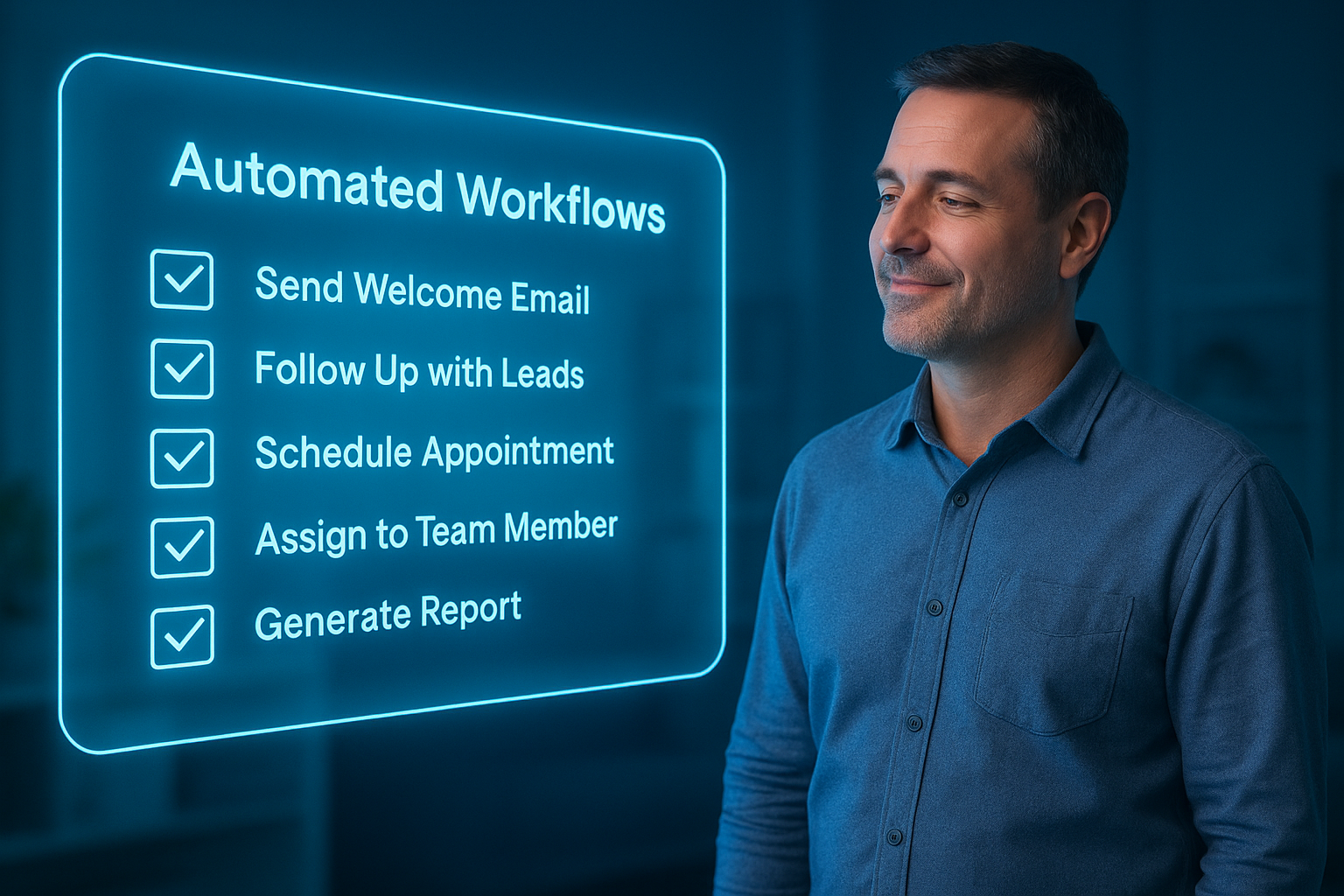Why Your Team Isn’t Adopting Your Systems
It’s Not Just the Tool—It’s How You Roll It Out

You bought the software. You built the workflow. You even made the training video. And still, no one’s using it consistently. Sound familiar?
The issue isn’t your team. And it’s probably not the tool. It’s how the system was introduced, trained, and enforced.
This blog breaks down the real reasons systems don’t get adopted—and how to shift from frustrated reminders to real, repeatable results.
Step 1: Stop Blaming the Software
Most teams don’t resist tools—they resist confusion.
If the platform:
- Isn’t clearly tied to their daily tasks
- Feels like “extra work” instead of a helpful tool
- Was launched without context or clarity
…it will get ignored, no matter how powerful it is.
Ask yourself: Have I explained why this tool matters for their success—not just mine?
Step 2: Fix the SOP, Not Just the Training
One of the most common breakdowns? No one knows the exact process to follow.
If your SOP is vague, outdated, or buried in a Google Drive folder that no one can find, the system will never stick.
Your SOP should be:
- Click-by-click (not just “log into the CRM”)
- Easy to find
- Updated regularly
- Assigned to a specific team or role
Check out Fix Your SOPs to address clarity and accessibility.
Step 3: Roll It Out Like a Product Launch
Your system deserves more than a Slack announcement.
Treat it like a mini launch:
- Give a name and purpose to the system (“Client Fastlane” sounds better than “CRM Process v3”)
- Do a team walkthrough and live Q&A
- Celebrate the change, don’t just announce it
The more energy you bring, the more buy-in you’ll get.
Step 4: Build Accountability Into the System
If no one’s tracking usage, it won’t matter how good your SOP is.
Build accountability by:
- Assigning ownership for each workflow stage
- Automating reminders for overdue actions
- Doing weekly pulse checks or reports
- Sharing wins tied to the new system (“We booked 6 calls this week through this workflow”)
Check out Scale Without Sacrificing Quality for deeper leadership strategies.
Step 5: Train in Real Time, Not Just in Docs
Reading a manual isn’t the same as doing the thing.
Instead of just creating training materials, create:
- Loom walkthroughs embedded inside the tool
- Task-based onboarding (they use the system while being trained)
- Office hours or “ask me anything” sessions
The more they use it while learning it, the faster adoption happens.
Real-World Example: Trainual’s Implementation Process
Trainual, a team training platform, increased internal adoption by 82% after switching to:
- Live onboarding inside the platform
- A launch challenge with a leaderboard
- SOPs tied directly to assigned tasks
Lesson? System success = launch + training + incentives + feedback.
Final Takeaway
If your team isn’t adopting your system, it’s not a motivation problem—it’s a rollout problem.
Systems don’t just need to exist. They need to be used.
Clarify the why. Simplify the how. Reinforce the habit.
And don’t just expect adoption—lead it.
Next Steps
Ready to get your team actually using your systems? Schedule a Business Audit with The Omnia Co. We’ll uncover what’s not sticking, where your rollout fell flat, and how to restructure your tools, training, and workflows for real buy-in and real results.
More Marketing Tips, Tricks & Tools










